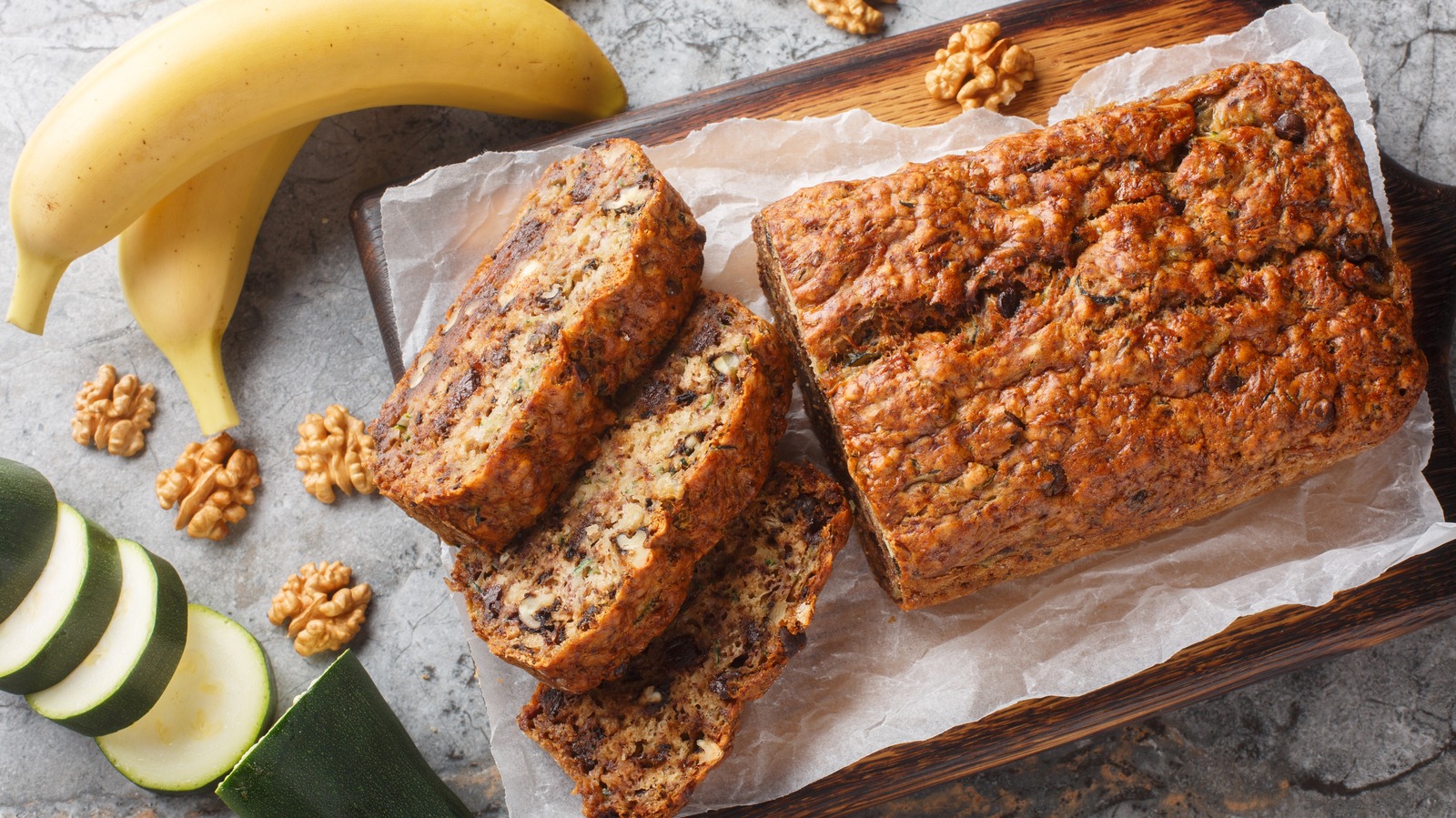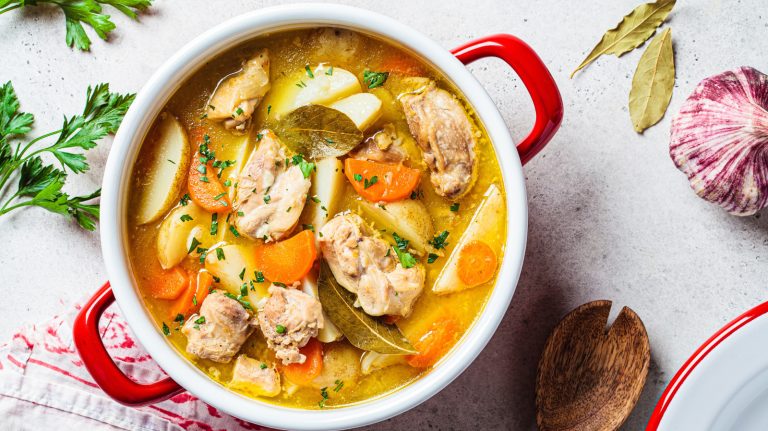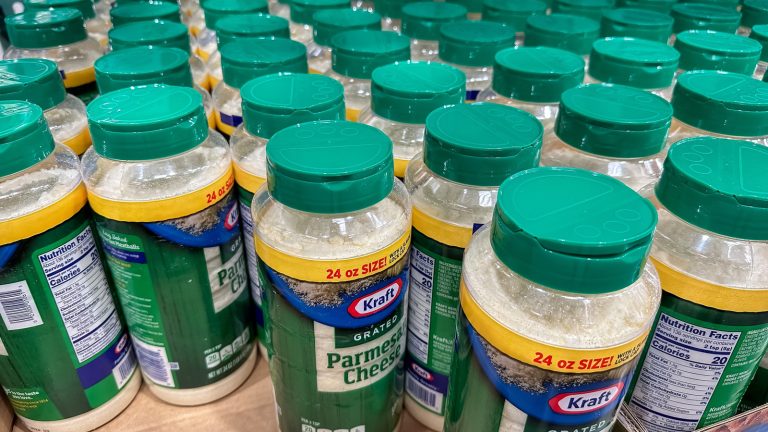Anytime you start getting into strict definitions around food terms like cake and bread, you are bound to run into a million complications, but there are a few basic guidelines that can help separate them. The complications are clear in something like banana bread, which is made much like a cake and yet, for some reason, is still called bread, most likely because of its similarity to quick breads. And you can’t just fall back on when you eat and say cake is specifically a dessert, because there are plenty of sweet breads eaten for dessert, like German stollen or cinnamon babka. So if you are trying to distinguish between bread and cake, the best guideline is going by how they are leavened and what the finished texture is.
This definition isn’t perfect, either, but it’s probably the most clear way to divide breads and cakes. Breads are usually made with yeast, which helps them rise and gives them a more chewy texture. Almost everything we consider cake is made from a batter with chemical leaveners, like baking soda and baking powder, or uses other non-yeast rising agents like eggs. This gives cakes more of a soft and tender texture than most breads. As a more granular difference, cakes also tend to have higher proportions of fat from butter, eggs, and milk, which also gives them that more rich, soft texture. But all of these differences go out the window with one more definition that complicates everything.
Quick breads can blur the lines
The big overlap between bread and cake is quick bread, hence the banana bread conundrum. Quick breads leavened with baking soda and powder can be sweet, like a pumpkin or apple bread, or savory, like cornbread and Irish soda bread. They get called bread, but they don’t use yeast. Encompassing things like cupcakes, muffins, and biscuits, they get eaten for dessert, breakfast, and as sides. While clearly distinct from standard bread because of their rising agent, how are quick breads any different from cakes? Well, they really aren’t. Depending on who you ask, quick breads are a type of cake, or cakes are a type of quick bread, but no matter which way you put it, they are one group that’s distinguished from “bread” because they don’t use yeast.
There is one problem with this definition, however, which is that cakes used to be made with yeast too. Before the invention of chemical leaveners in the 1840s, cakes had to use yeast to rise — or more laborious methods like creaming butter and sugar by hand to incorporate air. But we don’t live in the 19th century anymore, and the definitions of food change over time. These days, when you tell someone that you are making cake, almost everyone will expect a non-yeasted baked good with that classic tender texture, and with definitions of words, that’s what really matters.






